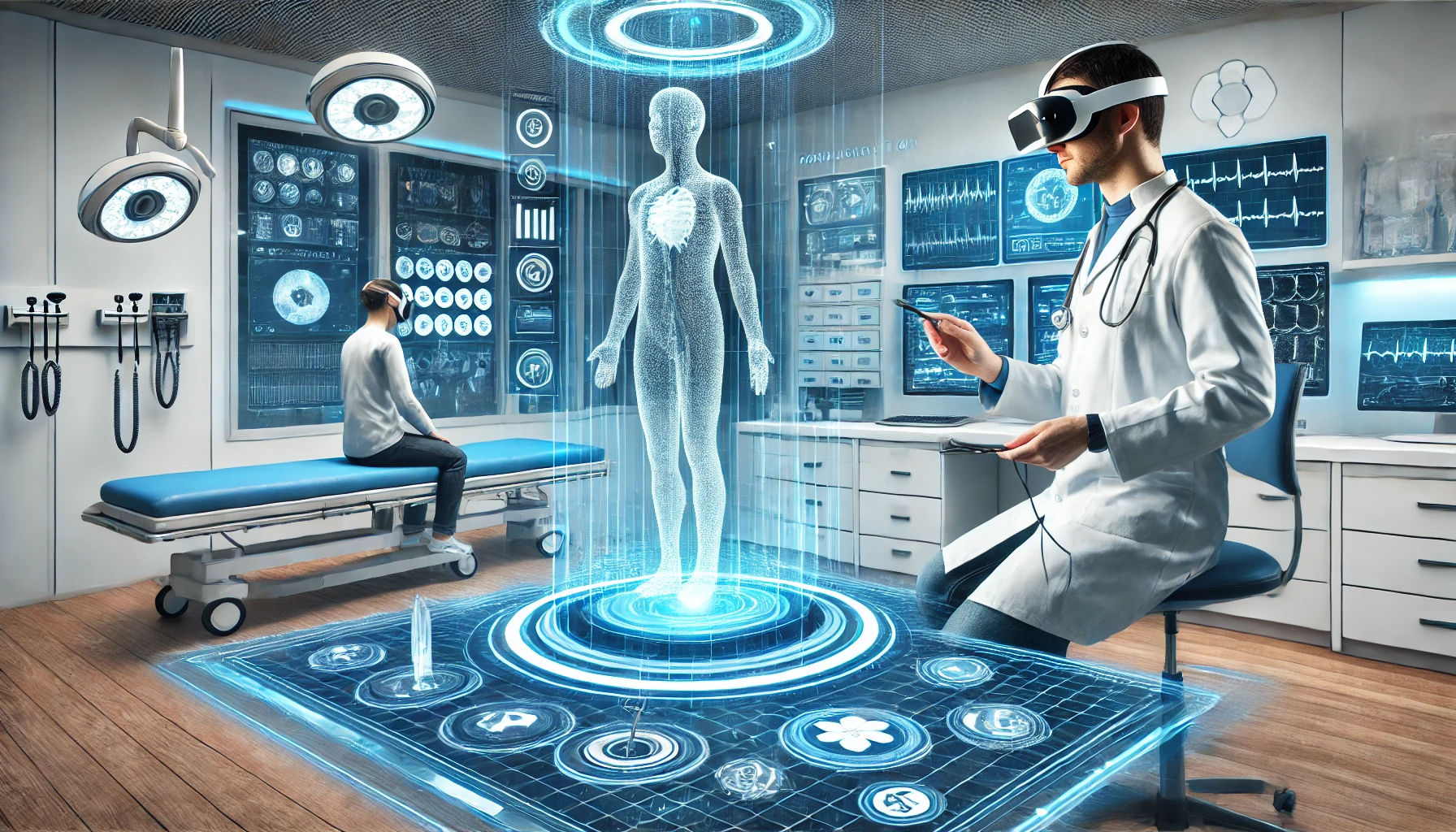Telemedicine's Leap into the Future: How AI and VR are Transforming Remote Care

The Rise of Virtual Reality and AI in Healthcare
Imagine this: you’re sitting comfortably at home, sipping your coffee, and suddenly you’re in a virtual doctor’s office. No, this isn’t a sci-fi movie; it’s the future of telemedicine. Virtual Reality (VR) and Artificial Intelligence (AI) are joining forces to bring a whole new level of care to your living room. VR takes patients on immersive healthcare experiences, whether it’s a consultation, a therapy session, or even a surgery observation. Meanwhile, AI is diagnosing illnesses faster than a doctor can say 'open wide.' These cutting-edge technologies are helping break down the geographical barriers and are offering healthcare solutions that were once unimaginable.
Virtual Consultations: From Couch to Clinic
Gone are the days of spending hours in a waiting room filled with old magazines and bad coffee. Virtual Reality is revolutionizing the way patients interact with their doctors. Through VR, you can be instantly transported into a fully immersive medical setting. Instead of a simple video chat, you’ll find yourself in a lifelike exam room with your doctor right in front of you—except they’re in another city or even another country. VR creates a more engaging, personalized experience than traditional video calls. It’s not just about convenience; studies show that VR-based consultations can lead to better patient outcomes by making the experience more interactive and focused.
Remote Surgeries: The Future is Now
Imagine a top surgeon in New York performing an intricate procedure on a patient in a rural town across the world, all without hopping on a plane. Thanks to AI and robotics, combined with VR, remote surgeries are no longer a futuristic fantasy. Surgeons can guide robotic arms through complex procedures in real time while viewing 3D scans of the patient’s anatomy through a VR headset. It's precision surgery without the need for proximity. The role of AI in this is massive. AI helps predict complications, guide the surgeon’s hands, and ensure that every step is as precise as possible. However, even though this sounds like magic, challenges still exist, such as latency issues and the need for specialized infrastructure.
AI Diagnostics: Faster Than Dr. Google
We’ve all been guilty of Googling our symptoms, only to convince ourselves we have a rare tropical disease. Enter AI, the ultimate diagnosis partner that doesn’t give you worst-case scenarios. AI-powered tools analyze patient data—from medical history to genetic information—and offer a diagnosis in seconds. These systems use massive datasets and machine learning algorithms to spot patterns and predict health outcomes. What used to take doctors hours or days can now be done in a matter of minutes with AI. Plus, AI can work 24/7 without needing a coffee break. While AI has shown tremendous potential, it’s not without limitations. AI lacks the 'human touch' and empathy that patients often crave, so its role is to complement, not replace, healthcare professionals.
The Challenges and Limitations
As exciting as VR and AI sound, they are not without their hurdles. First off, there's the cost. VR setups and AI technology aren’t cheap, and implementing them on a global scale is no small feat. Then there’s the issue of internet connectivity. Rural and underserved areas, where telemedicine could be most impactful, often lack the high-speed internet required for seamless VR consultations and remote surgeries. Privacy concerns also loom large. AI systems are data-hungry, and patients might worry about how their sensitive health data is being stored and used. Lastly, while AI can process data at lightning speed, it’s still reliant on the quality of the data it receives. Bad data can lead to bad diagnoses.
The Road Ahead: Expanding Access to Healthcare
Despite the challenges, the potential for VR and AI in telemedicine is immense. As technology becomes more accessible, we’re likely to see a shift in how healthcare is delivered, especially in remote and underserved communities. VR will enable patients to consult with specialists from around the globe, and AI will continue to streamline diagnostics and treatment plans. The future could see a world where physical location no longer dictates the quality of healthcare you receive. Telemedicine could very well be the key to solving the healthcare access problem, making quality care available to anyone, anywhere.
Is Telemedicine Ready for Prime Time?
We’re standing on the brink of a telemedicine revolution, driven by AI and VR. These technologies are poised to reshape the way healthcare is delivered. But are we ready for it? The road to fully integrating AI and VR into mainstream healthcare may be a bit bumpy, with technical, financial, and ethical challenges along the way. But if these hurdles can be overcome, the future of healthcare could be as simple as strapping on a VR headset and letting AI handle the rest. So, are you ready to visit your doctor without ever leaving the house?



